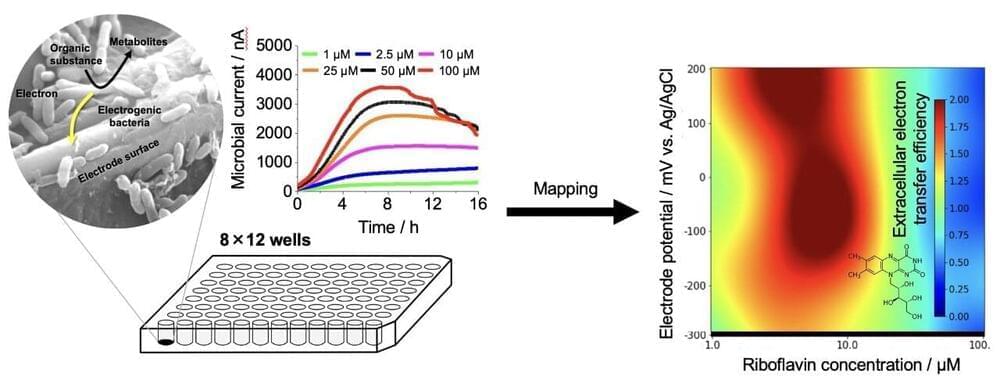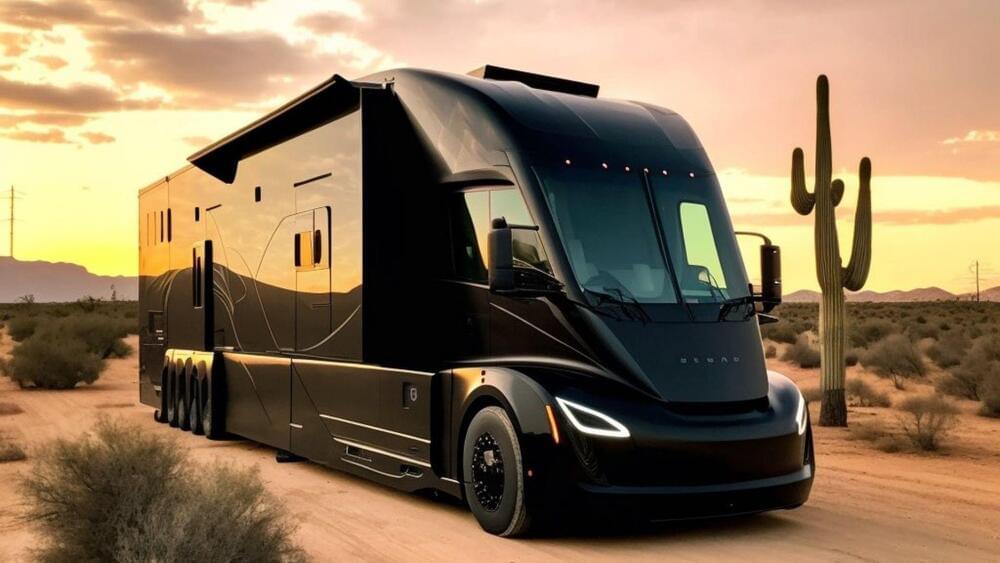Researchers at Japan’s National Institute for Materials Science (NIMS) have developed a device capable of taking hundreds of times more electrochemical measurements than conventional devices. By analyzing the device’s large amounts of data, the team has identified molecular mechanisms that enable electrogenic bacteria to efficiently generate electricity even when subjected to a wide range of electrode potentials.
This technique can also be used to analyze materials interacting with microorganisms (e.g., biodegradable plastics), potentially facilitating efforts to discover innovative microbial degradable materials.
The work was published in the journal Patterns in October, 2022.






